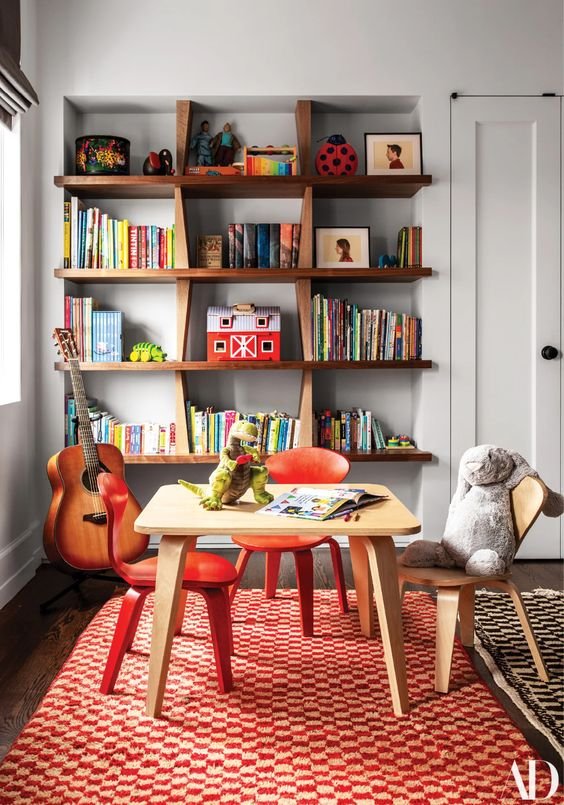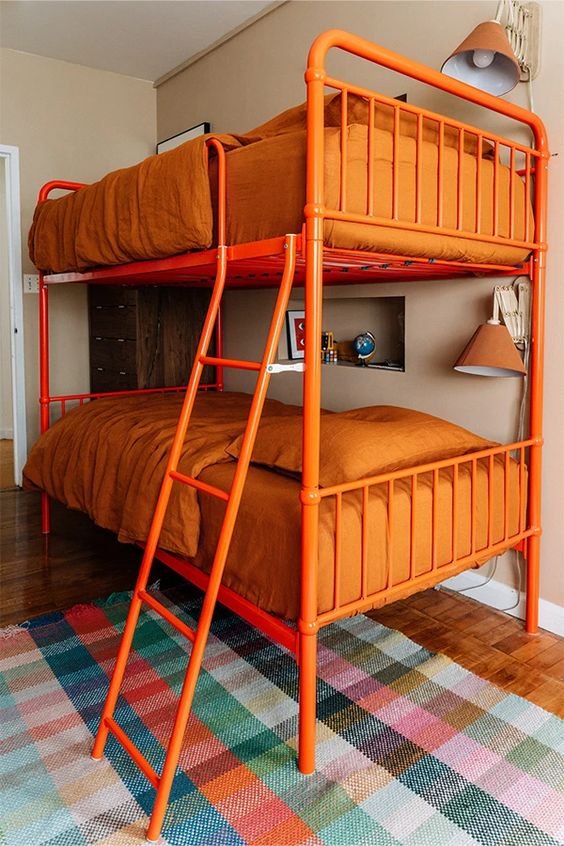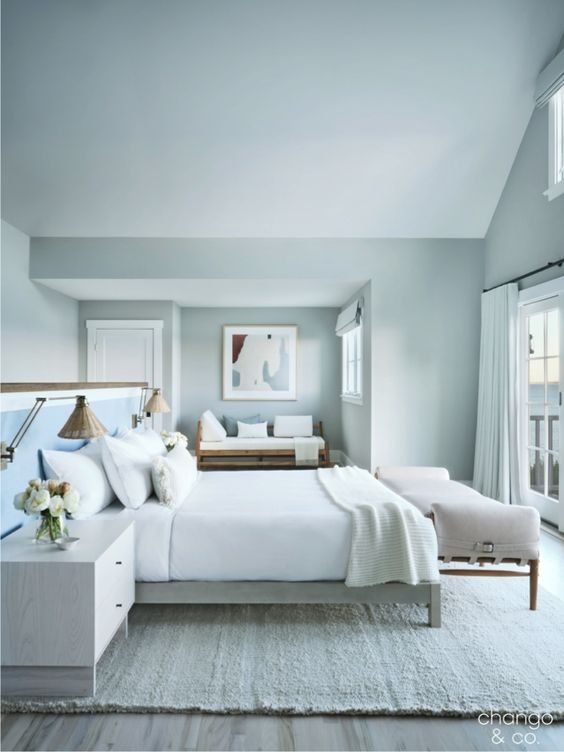Notes on colour psychology
Whether you're completely redecorating or looking to make a small change in your home, choosing the right colour scheme can be very difficult - especially when you want different rooms to create different moods.
The bedroom, for example, should make you feel calm and relaxed, where as the dining room should make you feel more lively and sociable.
Sometimes a hue can have many connotations for you. For example, you may choose to wear an orange blouse one day because:
It lifts your mood
You are ready to act
You are feeling creative
You want to make a statement
While perceptions of colour are somewhat subjective, some hues do have universal meaning. Let’s take a look at 6 different different colours and what they each mean.
What is the meaning of….Red?
Red attracts the most attention and is associated with strong emotions, such as love (red roses anyone?), passion, and anger. It’s the universal colour to signify strength, power, courage, and danger. Red is vibrant, stimulating and exciting with a strong link to sexuality and increased appetites.
Red is energising and exciting, motivating us to act. It can also give confidence to those who are shy or lacking in willpower.
It’s warm and positive, generally associated with our most physical needs and our will to survive. It exudes a strong and powerful masculine energy. It enhances metabolism, increases respiration rate, and raises blood pressure.
However, a little can go a long way, and in large areas red can cause visual strain. That being said, when decorating your home it is a great colour to use for socialising – especially around Christmas – and we would suggest that you keep this colour to social rooms as opposed to rooms that are meant to be for relaxing.
Image via Architectural Digest
Orange
Orange is the hue of encouragement, optimism, and self-confidence, marking the extrovert. Orange radiates warmth and happiness, combining the physical energy and stimulation of red with the cheerfulness of yellow. Orange can inspire courage, enthusiasm, rejuvenation, and vitality. It can also have a stimulating effect, particularly on the appetite.
In business applications, orange gives the impression of affordability, (think about some of the budget brands you know) depending on the shade chosen and its combination with other colours. The only exception to this rule is the brand Hermes which sits at the extreme opposite end of the scale and is true luxury.
More gentle than red, orange represents more feminine energy and the energy of creation. It also combines naturally and beautifully with Autumn shades taking on an artistic or grounded feel with brown and spicy shades.
For interiors, touches of orange can be great in a home gym area or when contrasted with blue for a really dynamic space.
Yellow
Yellow is the colour of the mind and the intellect, resonating with the left, logical side of the brain. It is creative, the tone of new ideas and new ways of doing things. Post-it notes and legal pads were invented in yellow for a very good reason!
Being the lightest hue of the spectrum, yellow is uplifting and illuminating, offering hope, happiness, and fun. It’s a warm and happy color that creates a sense of cheerfulness and playfulness, brightening people’s spirits.
However, too much yellow can cause anxiety, nervousness, apprehension, agitation, and confrontation particularly in people who are already stressed. It can also suggest impatience, criticism, and cowardice, and motivate people to become overly critical, judgmental, and deceitful.
Kitchens are great rooms to add touches of yellow as it brightens your mood and increases your energy - something we usually all need in the morning as we make our way to coffee. Yellow can catch the sunlight and leave you with an uplifting feeling of joy and liveliness.
Green
Green is the colour of nature, balance and growth. It is restful and secure, symbolising harmony, healing, and stability. It also represents security and self-reliance.
Darker greens relate to money, wealth and prestige, while lighter greens relate to rebirth, growth, and freshness.
However, too much green can lead to feelings of envy, greed, jealousy, and selfishness.
Using shades of green in a room is great in an office space or bedroom to inspire creativity but also reduce stress.
Image via Create Estate
Blue
Blue is the color of trust, serenity, and peace. It suggests loyalty and integrity as well as conservatism and predictability. It is also said to be the most popular colour in the world.
This has the opposite effect on the brain than red. It is calming, reducing tension and fear, slowing the pulse rate and reducing appetite. While inspiring wisdom and higher ideals, it is sincere, reserved, and quiet. Being cool, it creates a sensation of space.
Because blue is the most universally favoured colour of all, it relates to trust, honesty, and dependability, therefore in a work setting it helps to build loyalty.
The downfall of blue and especially navy is that it can seem mature, conservative, boring or denote a rigid outlook. However, there are many blues that are more exciting than the navy. Think of a royal or a teal blue that is credible yet more interesting.
While blue rooms are lovely to lounge and rest in, it is important to note that pastel blues can come across as very cold and chilly.
The colours we associate with the “outer limits of sky, sea and far distances, such as icy bluish-whites, blues, blue-greens, misty lavender, and blue-grays are thought of as particularly relaxing. For example imagine yourself on skis about to take a cross country hike in the early morning before the sun comes up. The terrain is snow-packed including snow-flocked tall spruces and a surrounding greenish-blue lake that are visible under a brisk lavender-blue sky. Your mind instantly assigns a cool temperature to that scene and to those hues.
Purple
Purple is the colour of imagination and spirituality, inspiring high ideals. It can be creative and individual or immature and impractical. It is also an introspective tone, allowing us to connect with our deeper thoughts.
People drawn to purple are usually sensitive and compassionate, understanding and supportive, thinking of others before themselves. They will often have a peaceful and tranquil quality, with quiet dignity about them.
Purple implies wealth, even royalty, as well as quality, fantasy, and creativity. This tone heightens people’s sense of beauty and their reaction to more creative ideas.






